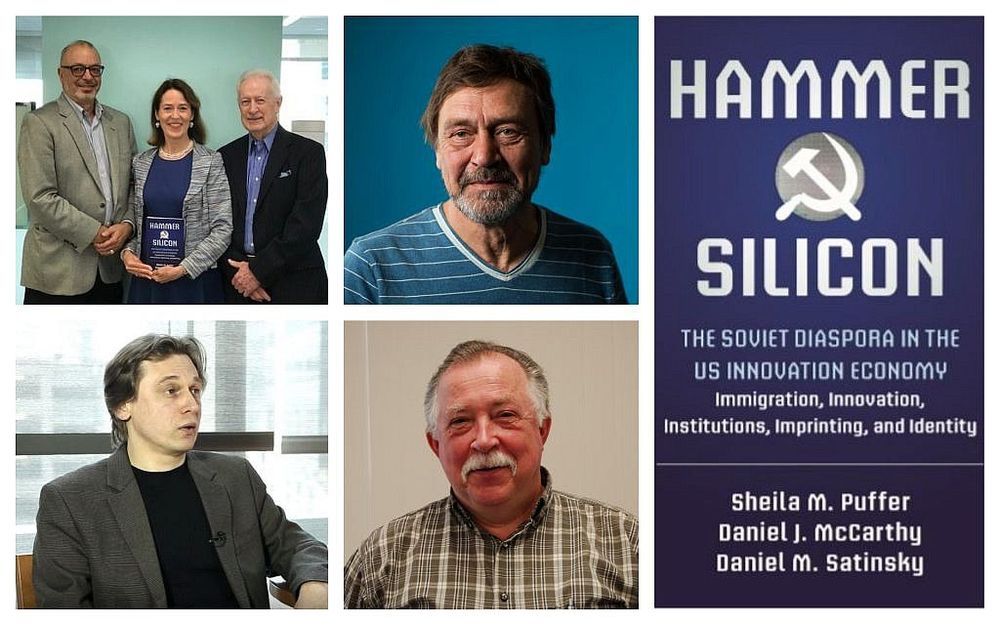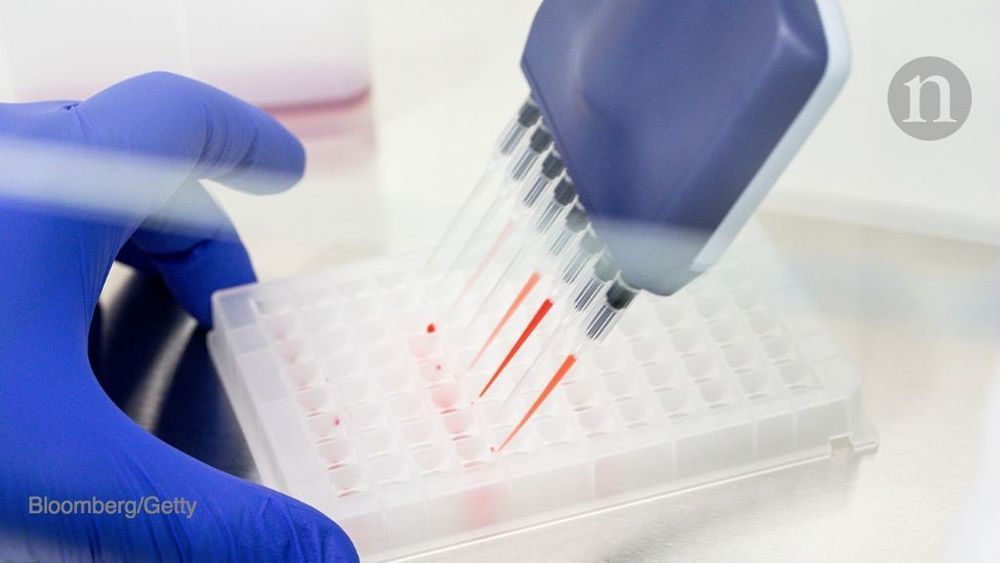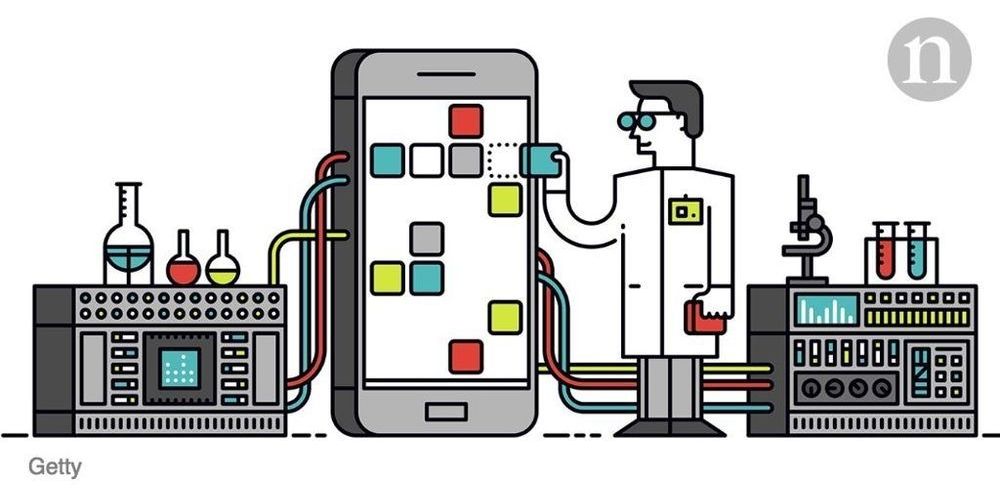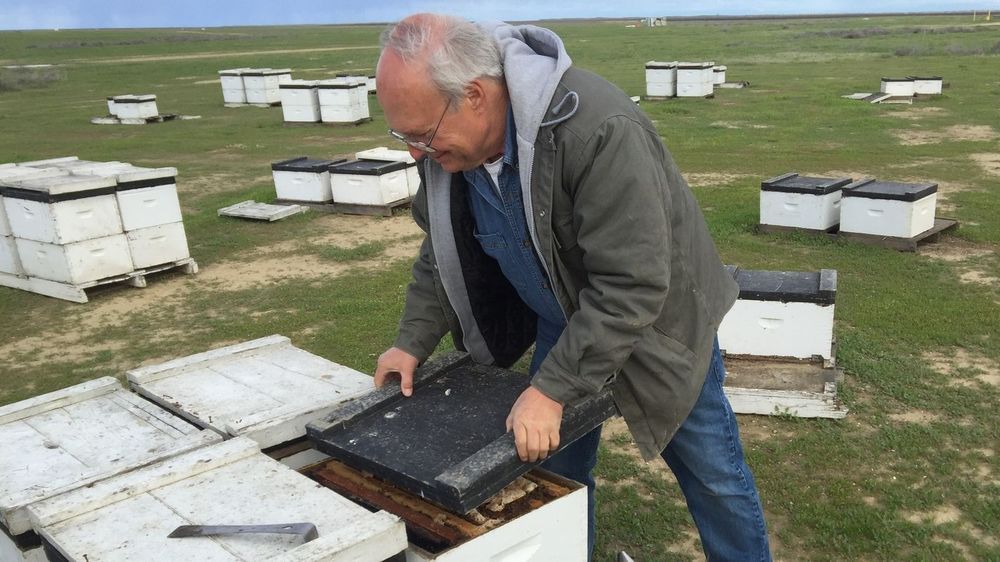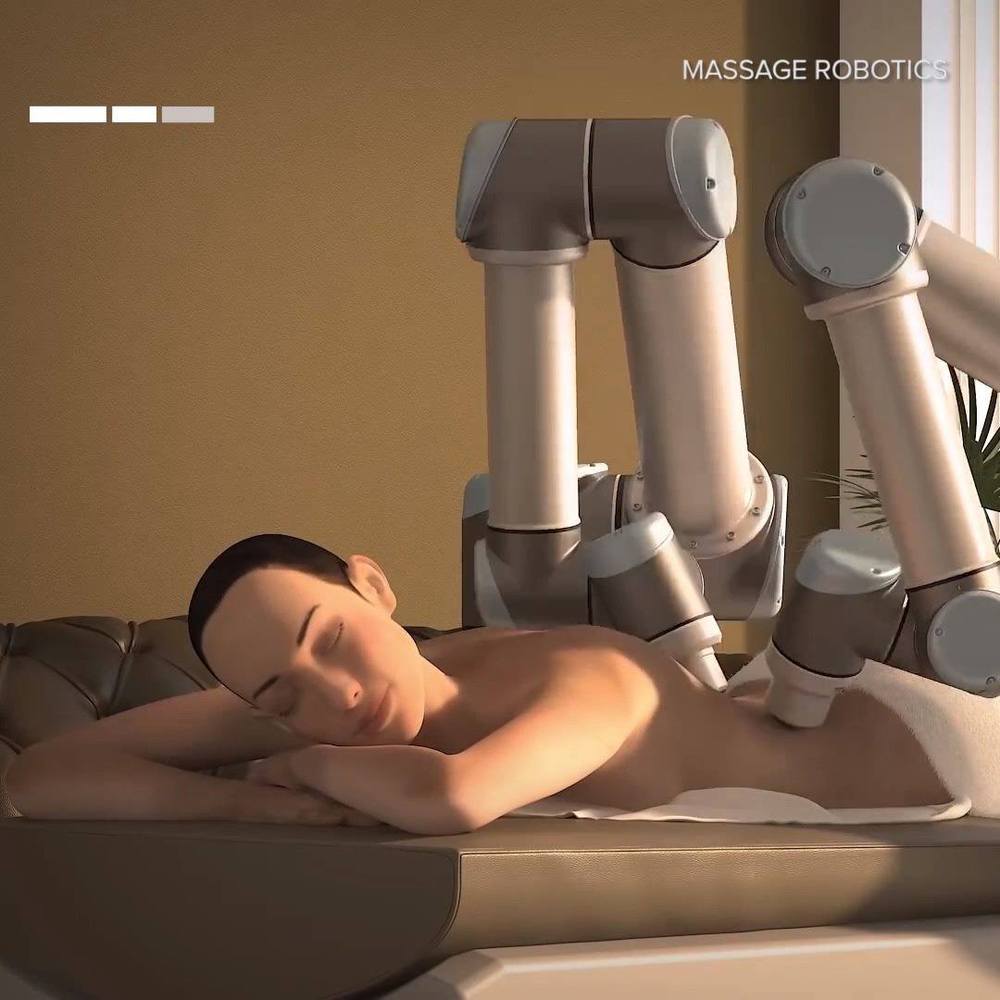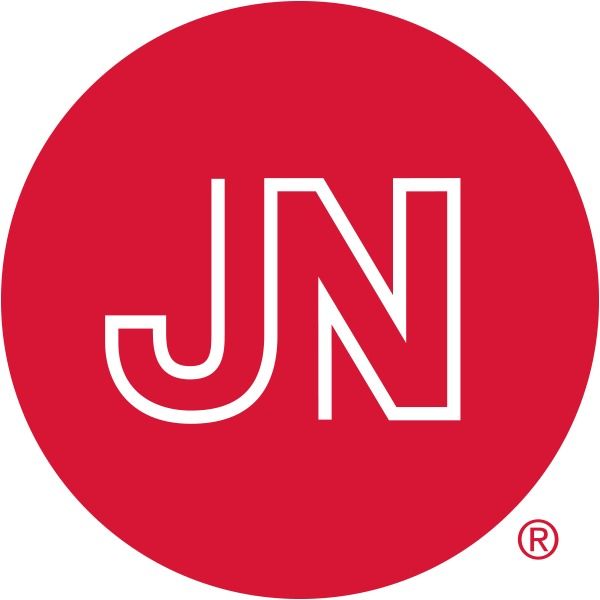Page 8165
Feb 19, 2019
Talga reports positive test results on its graphene silicon Li-ion battery anode project
Posted by James Christian Smith in categories: energy, materials
Talga Resources has revealed new test results on the ongoing optimization of its graphene silicon Li-ion battery anode product, Talnode™- Si. According to Talga, the battery anode product returns further performance gains, now delivering ~70% more energy density than commercial graphite-only anodes.
The product reportedly provides a “drop in” solution for improving current Li-ion battery performance. Commercial samples under confidentiality and material transfer agreements are scheduled to commence delivery around the end of February 2019 — recipients are said to include some of the world’s largest electronic corporations.
For your convenience, a search was performed using the query ‘talga reports positive test results its graphene silicon li ion battery anode project talnode si’:
Feb 19, 2019
Artificial intelligence alone won’t solve the complexity of Earth sciences
Posted by Derick Lee in categories: climatology, particle physics, robotics/AI
One way to crack this problem, according to the authors of a Perspective in this issue, is through a hybrid approach. The latest techniques in deep learning should be accompanied by a hand-in-glove pursuit of conventional physical modelling to help to overcome otherwise intractable problems such as simulating the particle-formation processes that govern cloud convection. The hybrid approach makes the most of well-understood physical principles such as fluid dynamics, incorporating deep learning where physical processes cannot yet be adequately resolved.
Studies of complex climate and ocean systems could gain from a hybrid between artificial intelligence and physical modelling.
Feb 18, 2019
These are the Russian-speaking Jewish Americans you never knew changed your life
Posted by James Christian Smith in categories: biotech/medical, life extension
Clockwise from top left: ‘Hammer and Silicon’ authors Daniel Satinsky, Sheila Puffer, and Daniel McCarthy (Courtesy Sheila Puffer); scientist Slava Epstein (Adam Glanzman/ Northeastern University); Vladimir Torchilin, director of pharmaceutical biotechnology and nanomedicine at Northeastern University; anti-aging researcher at Harvard, Vadim Gladyshev (YouTube screenshot).
Feb 18, 2019
Investors bet billions on health-care start-ups with paltry publication records
Posted by James Christian Smith in categories: biotech/medical, health, policy
I remember the #DotCom crash all too well.
The publication record of health-care start-up companies doesn’t seem to matter to investors, according to an analysis of nearly 50 biomedical ‘unicorns’ — venture-capital-backed companies valued at more than US$1 billion. The analysis, led by health-policy researcher John Ioannidis at Stanford University in California, finds no correlation between a company’s market valuation and its publication record — defined as the number of peer-reviewed papers authored directly by a firm. That’s a cause for concern, the authors say.
Firms can achieve fêted ‘unicorn’ valuations without publishing much peer-reviewed science. Health-care start-ups can reach billion-dollar valuations without publishing in peer-reviewed journals, but skipping that step can catch them out.
Feb 18, 2019
How to use Twitter to further your research career
Posted by James Christian Smith in categories: internet, mobile phones
Taking regular breaks to refresh the mind is important during tough working days. Although surfing the web and swiping your phone to check updates on social media might be frowned upon, it could be more productive than you think.
The popularity of social media has exploded since Twitter launched just over a decade ago, and the platform has distinguished itself as the place to disseminate tightly packed information with immediacy. Academics have jumped on the bandwagon for a range of practical purposes.
The social-media platform is often a tool for procrastination, says Jet-Sing M. Lee. But what else can it be? The social-media platform is often a tool for procrastination, says Jet-Sing M. Lee. But what else can it be?
Feb 18, 2019
Massive Loss Of Thousands Of Hives Afflicts Orchard Growers And Beekeepers
Posted by Quinn Sena in categories: climatology, sustainability
The Salt Honey bees deal with many stressors: chemicals, climate change and viruses. But this year, a tiny mite has wiped out colonies, causing worry over whether there are enough bees left to do their jobs.
Feb 18, 2019
Diversity on land is not higher today than in the past, study shows
Posted by Quinn Sena in categories: computing, existential risks
The rich levels of biodiversity on land seen across the globe today are not a recent phenomenon: diversity on land has been similar for at least the last 60 million years, since soon after the extinction of the dinosaurs.
According to a new study led by researchers at the University of Birmingham and involving an international team of collaborators, the number of species within ecological communities on land has increased only sporadically through geological time, with rapid increases in diversity being followed by plateaus lasting tens of millions of years.
Previously, many scientists have argued that diversity increased steadily through geological time, which would mean that biodiversity today is much greater than it was tens of millions of years ago. But building an accurate picture of how land diversity was assembled is challenging because the fossil record generally becomes less complete further back in time. By using modern computing techniques, capable of analysing hundreds of thousands of fossils, patterns are starting to emerge that challenge this view.
Feb 18, 2019
How Best to Resuscitate Patients With Septic Shock?
Posted by Paul Battista in category: biotech/medical
What is the best approach for resuscitation of a patient with septic shock? Despite considerable investigation over several decades, this important question still has no clear answer. There is agreement that resuscitation should proceed quickly, for the longer the delay, the greater the physiologic stress and end-organ injury. However, treatment options are principally intravenous fluids and vasoactive agents, which have the capacity to both help or harm the patient. Thus, these therapies must be titrated in response to markers of the adequacy of resuscitation. The 2016 Surviving Sepsis Guidelines advocate that the principal marker of the adequacy of resuscitation is serum lactate. Serum lactate level is elevated when the body relies on anaerobic metabolism. As such, an elevated serum lactate level is a reflection of tissue hypoperfusion and thus considered axiomatic of shock. However, serum lactate level can be elevated in conditions other than shock and yet may not always be elevated in some shock states. Furthermore, lactate clearance is often considered too slow to provide timely feedback to clinicians regarding the consequences of their treatment decisions. Moreover, not all patients with shock can be cared for in settings with access to rapid-turnaround serum lactate assays.
An alternative approach is to monitor compensatory physiological mechanisms. For example, in response to shock, the body will attempt to restrict blood flow to peripheral vascular beds. Thus, one of the simplest bedside clinical examination findings in shock is delayed capillary refill in the skin. The problem with delayed capillary refill, however, is that the examination can be difficult to standardize. Furthermore, there has been little empirical evaluation of resuscitation strategies based on this finding.
In this issue of JAMA, Hernández and colleagues report the results of a clinical trial in which 424 adults with early septic shock were randomized to 2 alternative 8-hour resuscitation strategies: one based on serial measurements of serum lactate levels and the other on peripheral perfusion, assessed by serial capillary refill time (CRT) examinations. The trial was conducted among patients in the intensive care unit with early septic shock, defined as patients with suspected or confirmed infection who were recognized within 4 hours to have elevated serum lactate level (2 mmol/L) and require vasopressors to maintain blood pressure despite a bolus of 20 mL/kg of intravenous crystalloids.


